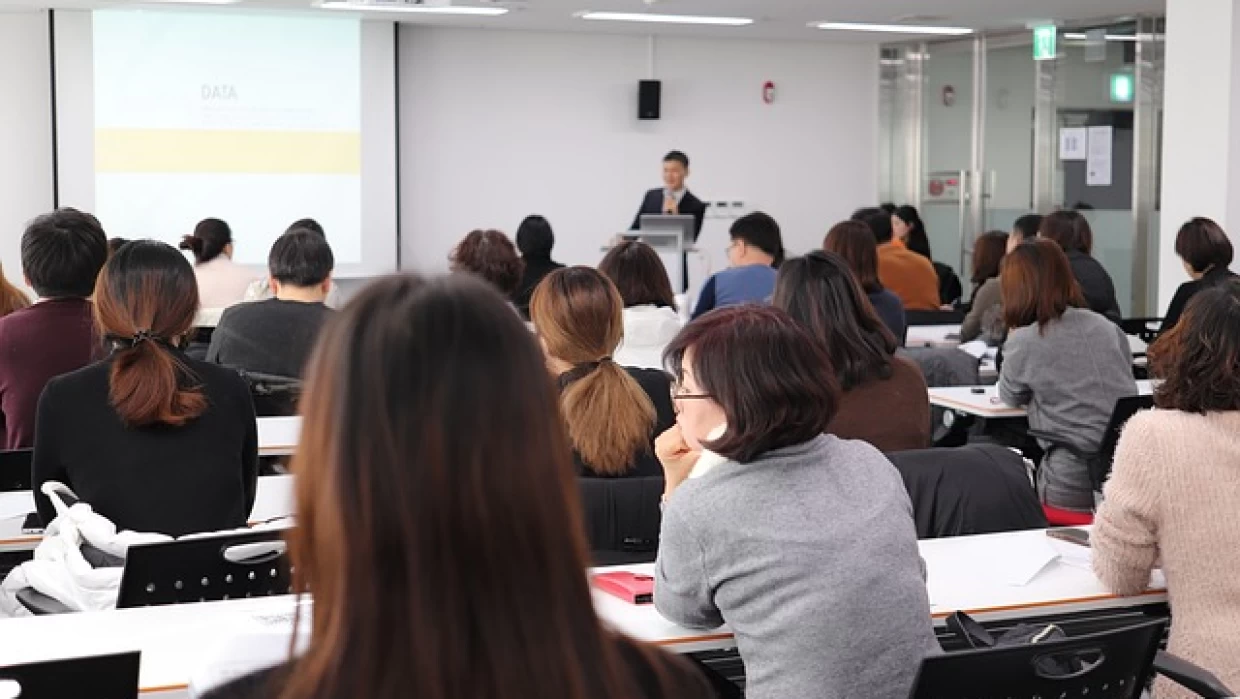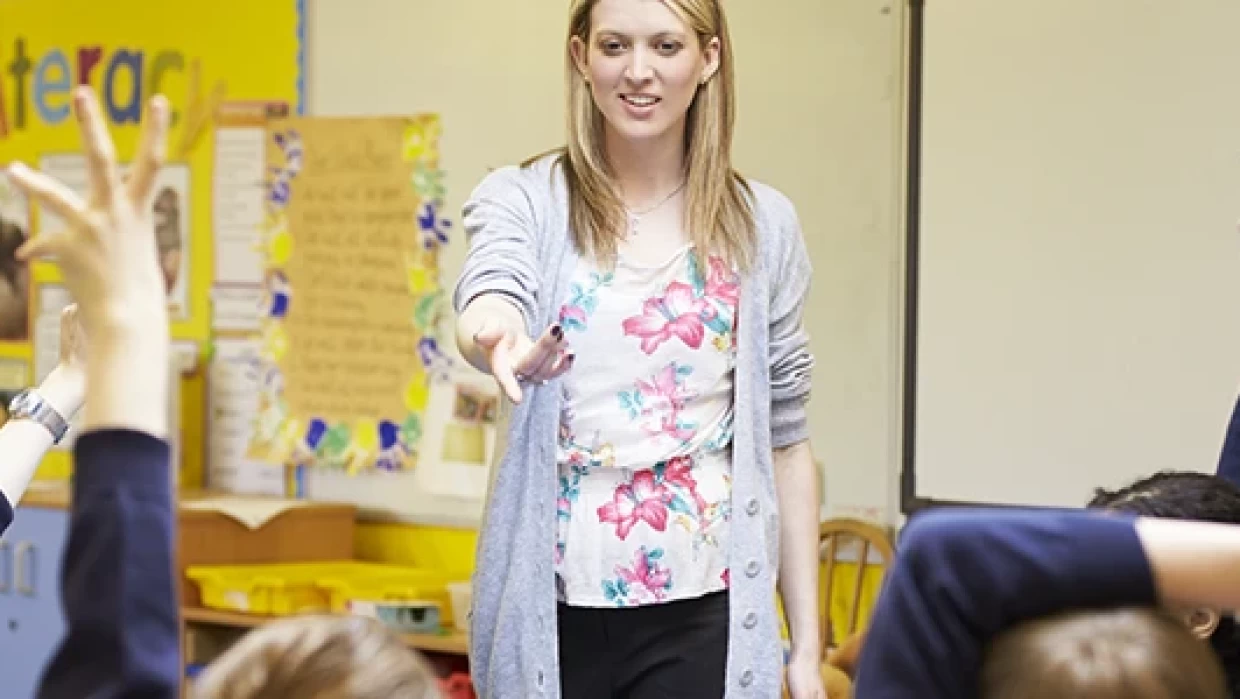How to Become an RTO Trainer in Australia
The role of a Registered Training Organisation (RTO) trainer is crucial in the Australian vocational education and training (VET) sector. RTO trainers play a vital part in shaping the skills and knowledge of the workforce. Learn how to become an RTO trainer in Australia with our comprehensive guide. Discover the necessary qualifications, steps, and career opportunities available. This guide will provide detailed information on how to embark on a successful career as an RTO trainer.
What is the Role of an RTO Trainer
An RTO trainer is responsible for developing and delivering training programs that meet industry standards and regulatory requirements. They assess students' performance, provide feedback, and ensure that the training is effective and relevant. Key responsibilities include designing learning materials, conducting training sessions, and evaluating the competence of learners. Essential skills for RTO trainers include strong communication, organizational abilities, and a deep understanding of the subject matter they teach.
Qualifications Needed to Become an RTO Trainer
Certificate IV in Training and Assessment
The Certificate IV in Training and Assessment (TAE40116) is the fundamental qualification required for aspiring RTO trainers in Australia. This certification equips trainers with the skills to design and deliver effective training programs and assess learner competence.
Course Content: The course covers essential topics such as designing learning programs, facilitating group-based learning, and planning assessment activities.
Duration and Cost: The typical course duration is 6 to 12 months, with costs varying depending on the training provider.
Additional Qualifications and Certifications
Depending on your chosen specialization, you may need additional certifications. For example:
Business Trainers: Qualifications in business, management, or human resources.
Health Trainers: Certifications in specific health-related fields.
Construction Trainers: Industry-specific certifications related to building and construction.
Continuing education is crucial for maintaining and advancing your skills. Engaging in professional development opportunities ensures you stay updated with the latest training methodologies and industry standards.
Step-by-Step Guide to Becoming an RTO Trainer
Step 1: Research the Industry
Understanding the VET sector and the role of RTO trainers is crucial for setting a strong foundation for your career. The VET sector in Australia focuses on providing practical skills and knowledge needed for specific industries, ranging from healthcare to construction. Researching the industry helps you understand the current demands, trends, and opportunities within the sector. Identify the specific industry or field you are interested in training within. This foundational knowledge will help you align your career path with market needs and personal interests.
Tips for Researching the Industry:
Read Industry Reports: Review annual reports and publications from organizations like ASQA and NCVER to understand industry trends.
Attend Industry Events: Participate in conferences, seminars, and workshops related to vocational education and training.
Network with Professionals: Connect with current RTO trainers and industry experts to gain insights and advice.
Step 2: Obtain the Certificate IV in Training and Assessment
Enrol in and complete the Certificate IV in Training and Assessment (TAE40116). This qualification is essential for all RTO trainers as it equips you with the skills needed to design, deliver, and assess training programs effectively. The course covers key areas such as designing learning programs, facilitating group-based learning, and planning assessment activities.
Steps to Obtaining the Certificate IV:
Choose an Accredited Provider: Select a reputable training organization that offers Certificate IV in Training and Assessment.
Complete Coursework: Engage in both theoretical and practical components of the course.
Submit Assessments: Complete and submit all required assessments to demonstrate your competence.
Consider Additional Certifications: Based on your chosen specialization, pursue additional qualifications to enhance your expertise.
Step 3: Gain Practical Experience
Seek opportunities for hands-on experience through internships, volunteering, or entry-level training positions. Practical experience is invaluable in developing your training skills and understanding the dynamics of training environments. Building a portfolio of your training sessions, materials, and feedback will also showcase your capabilities to potential employers.
Ways to Gain Experience:
Internships: Participate in internships offered by RTOs or educational institutions.
Volunteering: Volunteer to conduct training sessions for community groups or non-profits.
Entry-Level Positions: Start with roles such as training assistant or facilitator to gain practical experience.
Building Your Portfolio:
Document Your Work: Keep records of your training sessions, including lesson plans, assessments, and participant feedback.
Seek Feedback: Request feedback from mentors and participants to improve your training methods.
Showcase Your Achievements: Highlight successful training outcomes and positive testimonials in your portfolio.
Step 4: Apply for RTO Trainer Positions
Look for job openings at RTOs and educational institutions. Tailor your resume and cover letter to highlight your qualifications, experience, and passion for training. Networking with industry professionals and joining relevant associations can also help you find job opportunities.
Job Search Strategies:
Online Job Boards: Use platforms like Seek, Indeed, and LinkedIn to find trainer positions.
Networking: Attend industry events, join professional associations, and connect with trainers on social media.
Direct Applications: Reach out directly to RTOs and educational institutions to inquire about job openings.
Crafting Your Application:
Resume: Focus on your qualifications, certifications, and relevant experience.
Cover Letter: Customize your cover letter for each application, emphasizing your passion for training and how your skills match the job requirements.
Portfolio: Include examples of your training materials, session plans, and feedback from previous training sessions.
Step 5: Continue Professional Development
Engage in ongoing professional development to enhance your skills and stay updated with industry trends. Attend workshops, seminars, and courses to expand your knowledge. Continuous learning is essential for staying relevant and effective as an RTO trainer.
Professional Development Activities:
Workshops and Seminars: Attend industry-specific workshops and seminars to learn about the latest trends and techniques.
Online Courses: Enrol in online courses that offer advanced training methodologies and emerging technologies in training.
Certifications: Pursue additional certifications that enhance your expertise and credentials.
Staying Updated:
Read Industry Publications: Subscribe to journals, magazines, and blogs related to vocational education and training.
Join Professional Associations: Become a member of relevant professional organizations to access resources and networking opportunities.
Participate in Webinars: Attend webinars hosted by industry experts to gain insights and knowledge.
Benefits of Continuous Learning:
Skill Enhancement: Improve your training techniques and methodologies.
Career Advancement: Open up opportunities for higher positions and specializations.
Networking: Build connections with other professionals in the field, which can lead to new opportunities and collaborations.
Which Training Qualification Do You Need?
Choosing the right training qualification depends on your career goals and interests. Here are some options:
Certificate IV in Training and Assessment: Essential for vocational and corporate trainers.
Diploma of Training Design and Development: Advanced knowledge in designing and developing training programs.
Diploma of Vocational Education and Training: Focuses on best practices and innovative teaching methods in vocational education.
Benefits of Becoming an RTO Trainer
Career Satisfaction
As an RTO trainer, you play a significant role in shaping the skills and knowledge of the workforce. Helping learners achieve their goals and succeed in their careers is incredibly rewarding.
Career Growth
There are numerous opportunities for advancement within the VET sector. Experienced trainers can move into roles such as training managers, instructional designers, or education consultants.
Job Security
The demand for skilled trainers in various industries is growing. With continuous advancements in technology and industry practices, there is a consistent need for updated training and development.
Job Opportunities and Career Growth for RTO Trainers
Job Market
The current job market for RTO trainers in Australia is robust, with a high demand for skilled professionals across various sectors. This demand is driven by the need for ongoing training and upskilling in industries like healthcare, construction, and business.
Career Paths
RTO trainers can pursue various career paths, including:
Training Manager: Overseeing training programs and managing a team of trainers. The average annual salary for Training Manager jobs in Australia ranges from $105,000 to $125,000.
Instructional Designer: Developing training materials and programs. The average annual salary for Instructional Designer jobs in Australia ranges from $95,000 to $110,000.
Education Consultant: Advising organizations on training and development strategies. The Education Consultant’s average salary in Australia is $109,200 per year or $56 per hour. Entry-level positions start at $90,047 per year, while most experienced workers make up to $137,762 per year.
Becoming an RTO trainer in Australia involves obtaining the right qualifications, gaining practical experience, and continuously developing your skills. Whether you aspire to train in business, healthcare, or construction, this guide provides the steps you need to follow to embark on a successful career as an RTO trainer.
Explore further education opportunities with Learning Options.
FAQ
What are the requirements for becoming a trainer in Australia?
Answer: To become a Trainer and Assessor, you must finish the Certificate IV in Training and Assessment (TAE40116). You may be expected to have further degrees in your chosen sector, as well as industry-specific skills and expertise.
How difficult is it to become an RTO?
Answer: Setting up your own Registered Training Organisation (RTO) is a complex procedure that requires a significant amount of effort, risk, and money. Whether you decide to do it alone or hire a consultant to help with the process, there are several factors to consider before making your decision.
Is becoming a trainer a profession?
Answer: A professional trainer is essentially a teacher who works in the corporate world. Instead of giving traditional education to children and teens, they offer both required and elective training for staff at all levels.
What exactly is the function of a trainer?
Answer: A trainer's primary responsibilities include course planning, delivery, learner assessment, administration, and cooperation with other professionals. They are also accountable for continual development based on student input and best practices.
How does one become a skills trainer?
Answer: Complete your high school graduation and pursue a bachelor's degree in a suitable profession like education, business, or communication. If feasible, attend extended Soft Skills classes or participate in related seminars. Specialized training courses for these skills will help you get a reputation as a Soft Skill trainer.




































We would be delighted if you could get in touch with us.
Your email address will not be published. Required fields are marked